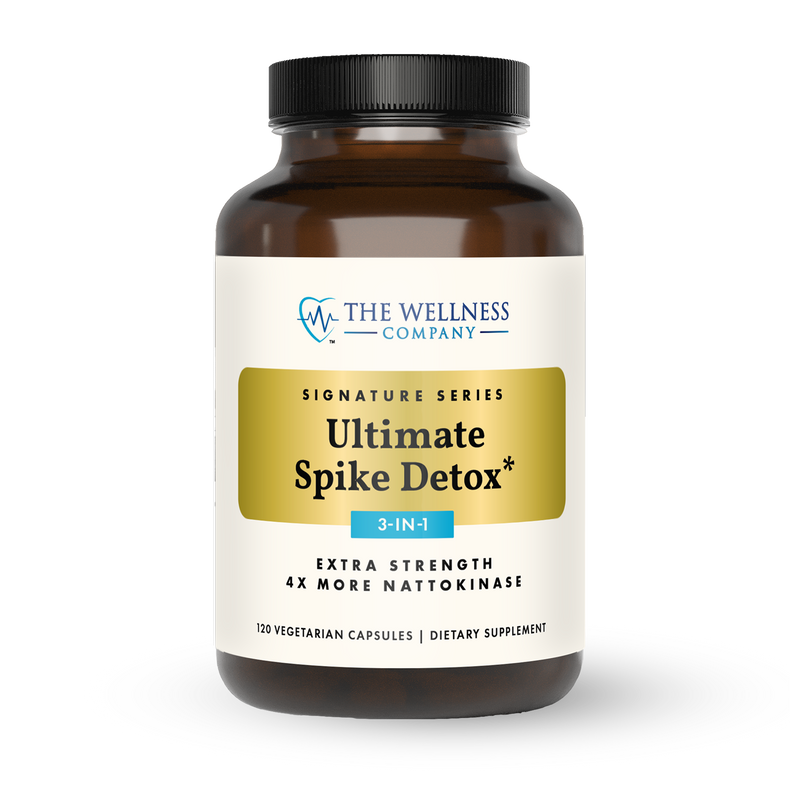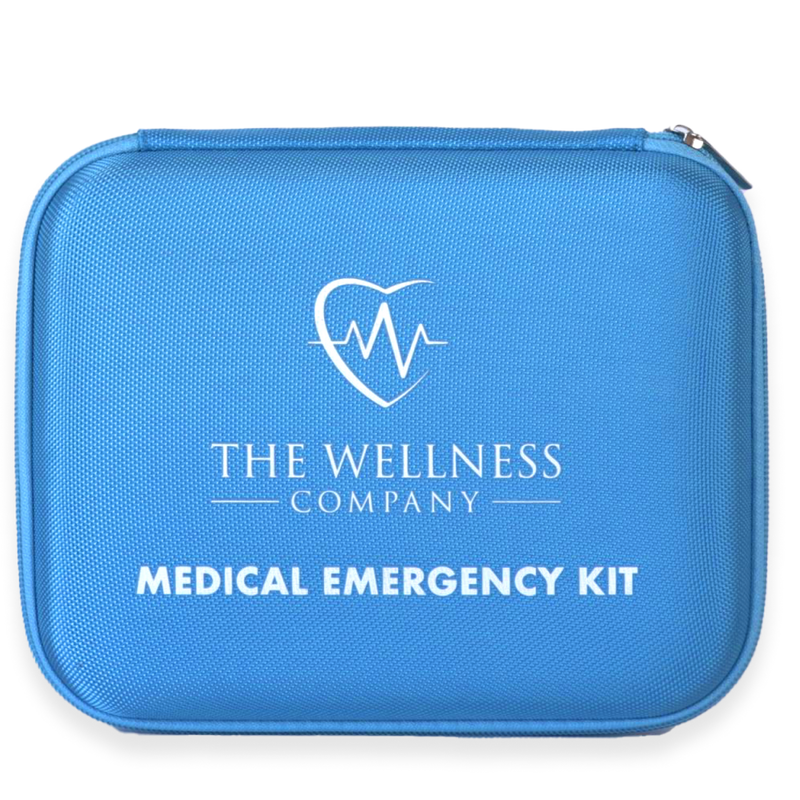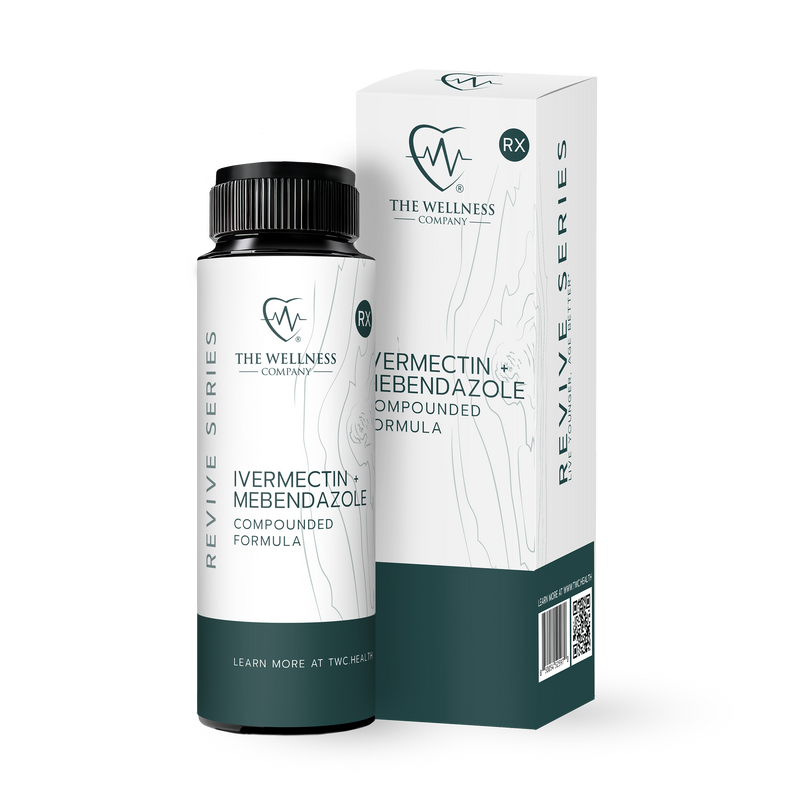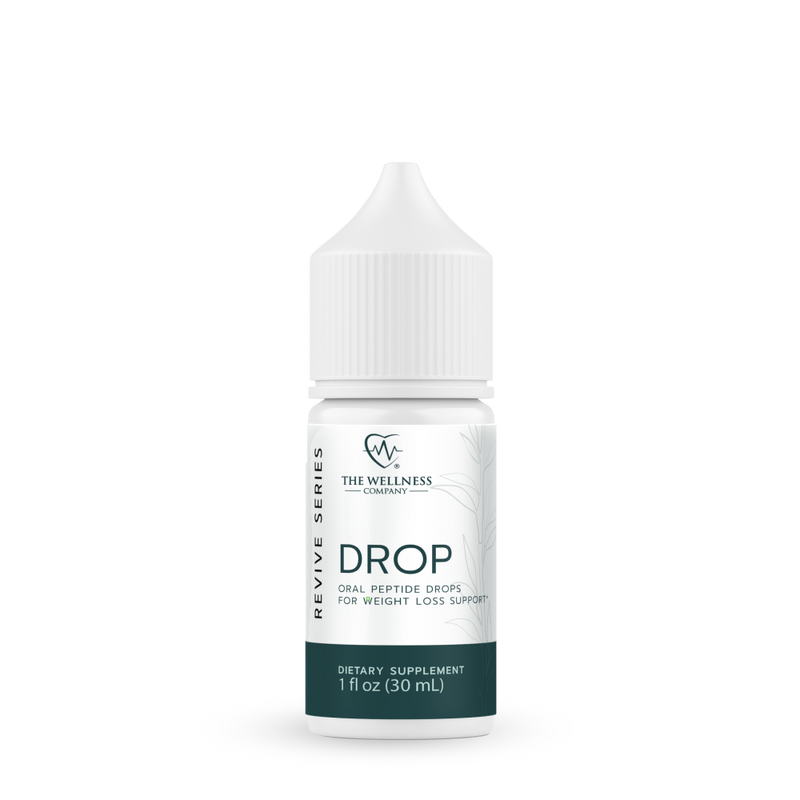When to Turn Down the Heat - When to Use Fever Reducers

One of the most important ways our immune system works is by its ability to recognize and overcome pathogens- invaders that don’t belong- in our bodies, by attacking, overcoming, destroying, and eliminating them. (Read on for ways to bring down your fever naturally.)
Fevers are one of the most important ways our bodies launch an attack. Whether the invader is bacterial viral or fungal, fevers are our body’s way of destroying the invading infection.
How does a fever help fight invading pathogens (bacterial, viral, fungal)
- Your hypothalamus is alerted that there are pathogens and signals the body to launch an attack. It first starts with raising your body temperature (fever).
- Neutrophils: These are the most common types of white blood cells and are the first responders. They patrol your bloodstream, looking for signs of invaders like bacteria or viruses. When they find them, they quickly attack and gobble them up, a process known as phagocytosis.
- Lymphocytes: These cells are like the elite detectives of the immune system. There are two main types:
- T-cells: They help organize and command other cells to do their part.
- B-cells: These cells work by remembering the invaders and producing protective proteins called antibodies. Antibodies are like custom-fitted keys designed to lock onto specific invaders, marking them for destruction or neutralizing them directly.
- Monocytes: After the neutrophils have attacked, these cells come in to clean up the mess. They help heal and repair tissues that have been damaged during the fight and continue to consume any remaining invaders.
How high fever

For infants under 3 months, any fever (100.4°F or 38°C and above) is a prompt to seek medical attention immediately, as it could indicate a serious infection.
Fevers in children over 3 months old
It's often not necessary to treat a fever in children if the fever isn't causing discomfort and the child is generally behaving normally. Fevers are a natural response of the immune system to infection and can be beneficial in fighting off illnesses.
Here are some specific situations when you might choose not to treat a fever:
The Fever is Mild: If the fever is below 102°F (38.9°C) and the child is comfortable, alert, drinking fluids, and playing, it's often okay not to treat the fever.
Child is Over 3 Months Old: For children older than 3 months, a fever below 104°F (40°C) does not necessarily need treatment unless it's causing noticeable discomfort or other concerning symptoms.
No Signs of Dehydration or Distress: If the child does not show signs of dehydration (such as dry lips, less frequent urination, or excessive sleepiness) and is not in distress, monitoring the fever without treatment might be appropriate.
Behavior is Mostly Normal: If the child's behavior is relatively normal — they're still interested in playing and interacting — you might not need to treat the fever. The key is to watch how the child acts rather than focusing solely on the temperature reading.
It's important to regularly monitor the child's symptoms and temperature, ensure they stay hydrated, and provide a comfortable environment. Always consult with a healthcare provider if you are unsure about when to treat or seek medical advice for a fever, especially with infants and young children, or if a fever persists for more than a couple of days.
If a fever reducer is necessary, check first with your care provider on the dosage and kind of medicine they advise. Tylenol and ibuprofen are the most common fever reducers used in this age group.
Children should not be given aspirin due to the risk of a rare but serious condition called Reye's syndrome, which can occur when aspirin is used in children recovering from viral infections such as the flu or chickenpox.
ADULTS
In adults, a fever is when the body temperature is 100.4°F (38°C) or higher. Generally, a mild fever (up to 102°F or 38.9°C) doesn't require medication unless it causes discomfort; instead, rest and plenty of fluids are recommended. For temperatures above 102°F (38.9°C), medications like acetaminophen, ibuprofen, or aspirin can be used for relief. It's important to consult a doctor if the fever reaches 103°F (39.4°C) or higher, doesn't respond to medication, or lasts longer than three days.
Moderate Fever (102°F/38.9°C to 103°F/40°C): If the fever reaches or exceeds 102°F (38.9°C), it might be appropriate to use over-the-counter fever reducers such as acetaminophen or ibuprofen, especially if it's causing discomfort or preventing necessary activities like eating or sleeping.
High Fever (above 103°F/40°C): A fever this high can be dangerous and warrants medical attention. It could be indicative of a severe infection or other critical conditions.
Always consider other factors such as:
Symptoms: Severe symptoms accompanying a fever, such as a stiff neck, severe headache, rash, dehydration, confusion, or persistent vomiting, require immediate medical attention.
Duration: If a fever persists for more than three days without clear reasons, it's advisable to see a healthcare provider.
Underlying health conditions: Individuals with compromised immune systems, chronic diseases, or those who are pregnant should consult a doctor when they have a fever.
It's important to use your judgment and consider personal health circumstances when deciding to treat a fever. If there's ever any uncertainty, consult with your healthcare provider.
If your fever is from the flu or other viral infection, our Contagion Emergency Kit contains 5 proven and effective antiviral medications that can stop the infection in its tracks, before you get too ill.
The 3 fever reducers in our First Aid Emergency Kit provide you with a well-rounded option of pain and fever reducers to choose from. Stock up now, before you need them! It’s better to have them and not need them than to need them and not have them!
6 ways to safely bring down a fever naturally.

Our Organic Essential Oils Kit contains oils that can help reduce fever and provide relief from symptoms, especially our eucalyptus oil, which has antiviral, anti-inflammatory, and fever-reducing properties. (1)
- Cool Compresses with essential oils Use a cold compress 3 times a day. Soak a washcloth in a small bowl of cold water with 2 drops of eucalyptus essential oil, squeeze the washcloth, and place it on the forehead. Take care not to use it over the eyes. If you would like to use a cool compress over the eyes, use only cool water without essential oil.
- Stay Hydrated: Drinking fluids such as water, herbal teas, and broths can help reduce fever by keeping the body hydrated and aiding in temperature regulation (Farmers' Almanac) (K Health).
- Lukewarm Baths: Taking a lukewarm bath can help lower body temperature. It's important not to use cold water as it can cause shivering and raise the temperature.
- Light Clothing: Dressing in light and breathable clothing can help prevent overheating and aid in temperature regulation (K Health).
- Herbal Teas: Consuming herbal teas like elderflower, catnip, or peppermint can aid hydration and stimulate perspiration, which helps to lower body temperature.
- Wet Socks Method: Wearing cold, damp socks covered by dry wool socks can increase blood circulation and stimulate the immune system, helping to reduce fever.
Citation
- Čmiková N, Galovičová L, Schwarzová M, Vukic MD, Vukovic NL, Kowalczewski PŁ, Bakay L, Kluz MI, Puchalski C, Kačániová M. Chemical Composition and Biological Activities of Eucalyptus globulus Essential Oil. Plants (Basel). 2023 Feb 28;12(5):1076. doi: 10.3390/plants12051076. PMID: 36903935; PMCID: PMC10004840.
Written by Brooke Lounsbury














